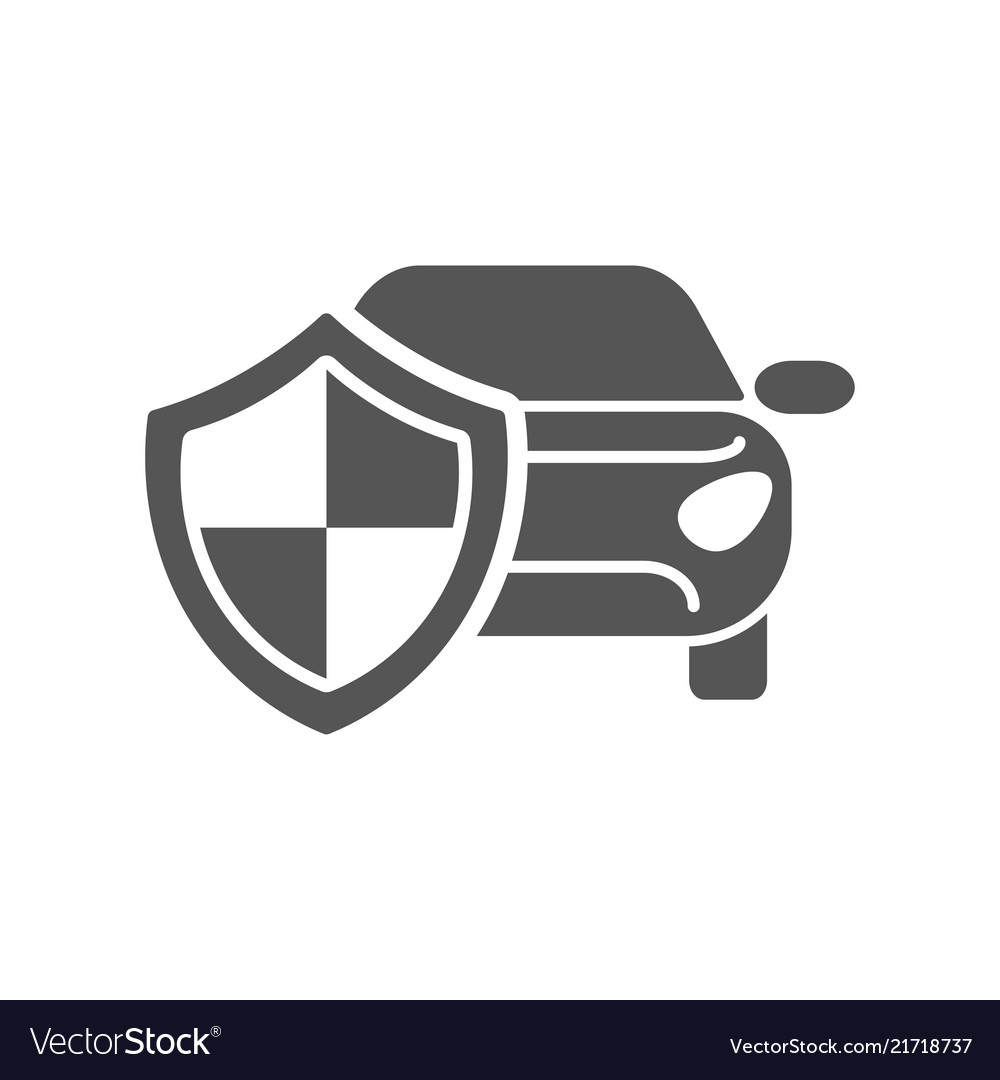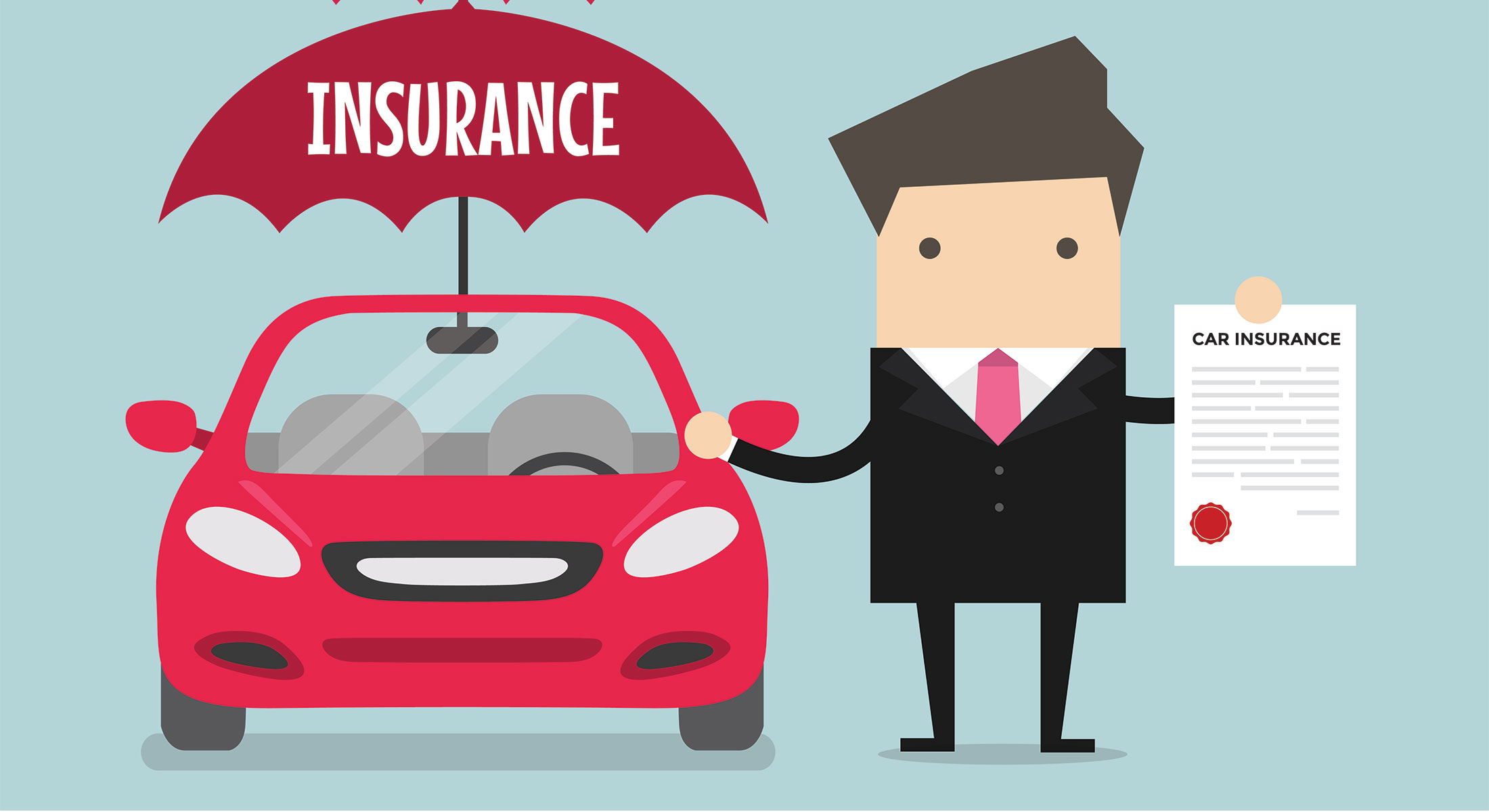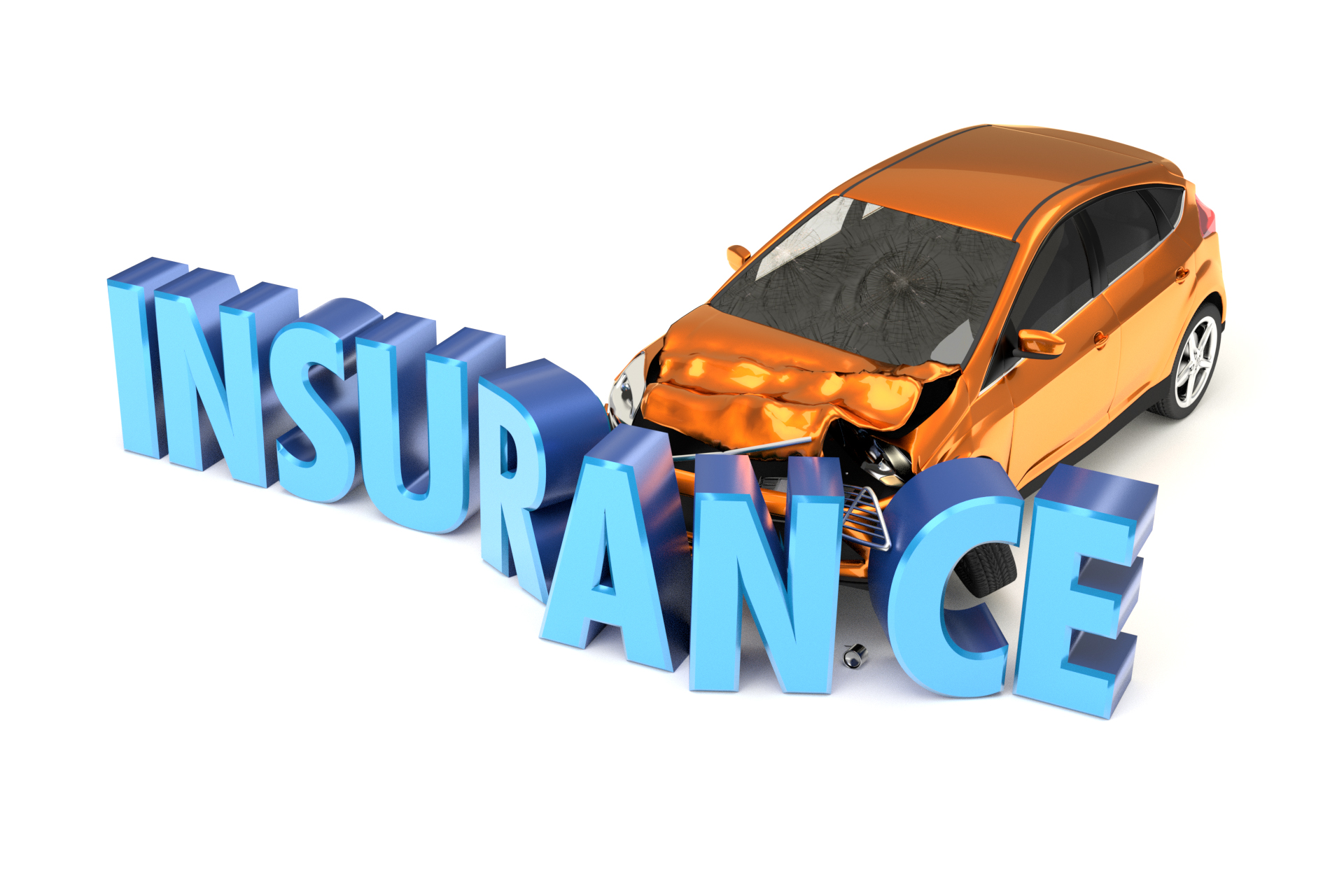Vehicle Insurance Insurance Vehicle Need Type Know Car May
Vehicle insurance is an essential coverage that every car owner must understand. It provides financial protection against physical damage and bodily injury resulting from traffic collisions and against liability that could also arise from incidents in a vehicle. There are various aspects to consider when discussing vehicle insurance, from the types of coverage available to determining the best policy for individual needs.
Understanding vehicle insurance involves several critical components:
- Types of Vehicle Insurance:
- Liability Insurance: Covers damages to other vehicles or injuries to other drivers in the event of an accident where you are at fault.
- Collision Insurance: Pays for repairs to your car after an accident, no matter who is at fault.
- Comprehensive Insurance: Protects against non-collision-related incidents, such as theft, vandalism, or natural disasters.
- Personal Injury Protection (PIP): Covers medical expenses for you and your passengers, regardless of who caused the accident.
- Uninsured/Underinsured Motorist Coverage: Provides protection if you are in an accident with someone who does not have adequate insurance coverage.
- Factors Affecting Premiums:
- Driving Record: A clean driving history typically leads to lower premiums.
- Type of Vehicle: The make and model of your car can significantly influence your insurance rates.
- Location: Urban areas may attract higher premiums due to increased risk of accidents and theft.
- Coverage Levels: Choosing higher coverage limits can increase your premiums.
- Deductibles: A higher deductible can lower your monthly premium, but also means more out of pocket in the event of a claim.
- Understanding Policy Terms:
- Premium: The amount you pay for your insurance policy.
- Deductible: The amount you pay out-of-pocket before your insurance coverage kicks in.
- Exclusion: Specific conditions or circumstances that are not covered by your policy.
- Coverage Limit: The maximum amount your insurance will pay for a covered loss.
- Choosing the Right Insurance:
- Evaluate Your Needs: Assess your driving habits, vehicle value, and personal budget to determine appropriate coverage.
- Compare Quotes: Always compare multiple insurance quotes to find the best deal.
- Read Reviews: Research customer reviews and claim settlement histories of insurance companies to make an informed choice.
- Consult an Agent: If you're unsure about the best coverage, consider speaking with an insurance agent for guidance.
Understanding the need for different types of vehicle insurance is crucial for every car owner. It’s not just about fulfilling a legal requirement; it’s about protecting yourself financially in various situations that may arise on the road. The right insurance can help ensure that you are prepared for unexpected incidents.
The format of a vehicle insurance policy can vary by provider but generally includes sections detailed above, such as coverage types, premium details, and deductibles. These components need to be scrutinized to ensure comprehensive understanding and adequacy of the policy.
Brand familiarity can play a significant role in selecting a vehicle insurance provider. The logos and branding campaigns often emphasize security and trustworthiness, which are critical factors for consumers when making their choice.
The landscape of car insurance providers is vast, and knowing the top companies can help guide prospective policyholders. Each of these companies brings something unique, such as customer service, claim handling, and specific coverage benefits.
Recent advancements in data analytics have enabled insurers to predict risks better and customize policies based on individual driving behaviors, making vehicle insurance more tailored than ever before.
The process of comparing vehicle insurance policies can be the difference between overpaying and finding a deal that suits your financial needs and coverage requirements. Therefore, utilizing tools for comparison and understanding the testing done on various policies can provide a clear advantage.
1. What are the primary benefits of having vehicle insurance?
Vehicle insurance offers numerous benefits including financial security after an accident, legal compliance to drive a vehicle, peace of mind knowing you are protected from potential liabilities, and the ability to cover medical expenses for yourself and passengers. More in-depth, vehicle insurance protects individuals from the financial burdens associated with vehicular accidents, which can include vehicle repairs, medical costs, and liability claims, thereby promoting safer driving practices overall.
2. How does one determine the appropriate level of vehicle insurance coverage?
Determining the appropriate level of vehicle insurance coverage requires assessing personal finances, driving habits, and vehicle value. Individuals should consider their budget for monthly premiums and potential out-of-pocket expenses in the event of an accident. Ideally, vehicle owners should select a coverage level that adequately protects their assets while remaining affordable. This assessment enables consumers to strike a balance between premium costs and necessary protection, ensuring comprehensive coverage tailored to their specific circumstances.
3. What steps can one take to lower their vehicle insurance premiums?
To lower vehicle insurance premiums, individuals can consider increasing their deductibles, maintaining a clean driving record, bundling insurance policies, and taking advantage of discounts offered by the insurer. Additionally, regularly reviewing and comparing insurance plans can help find more competitive rates. Each of these strategies not only reduces premium costs but also enhances the overall cost-effectiveness of maintaining a vehicle insurance policy.





